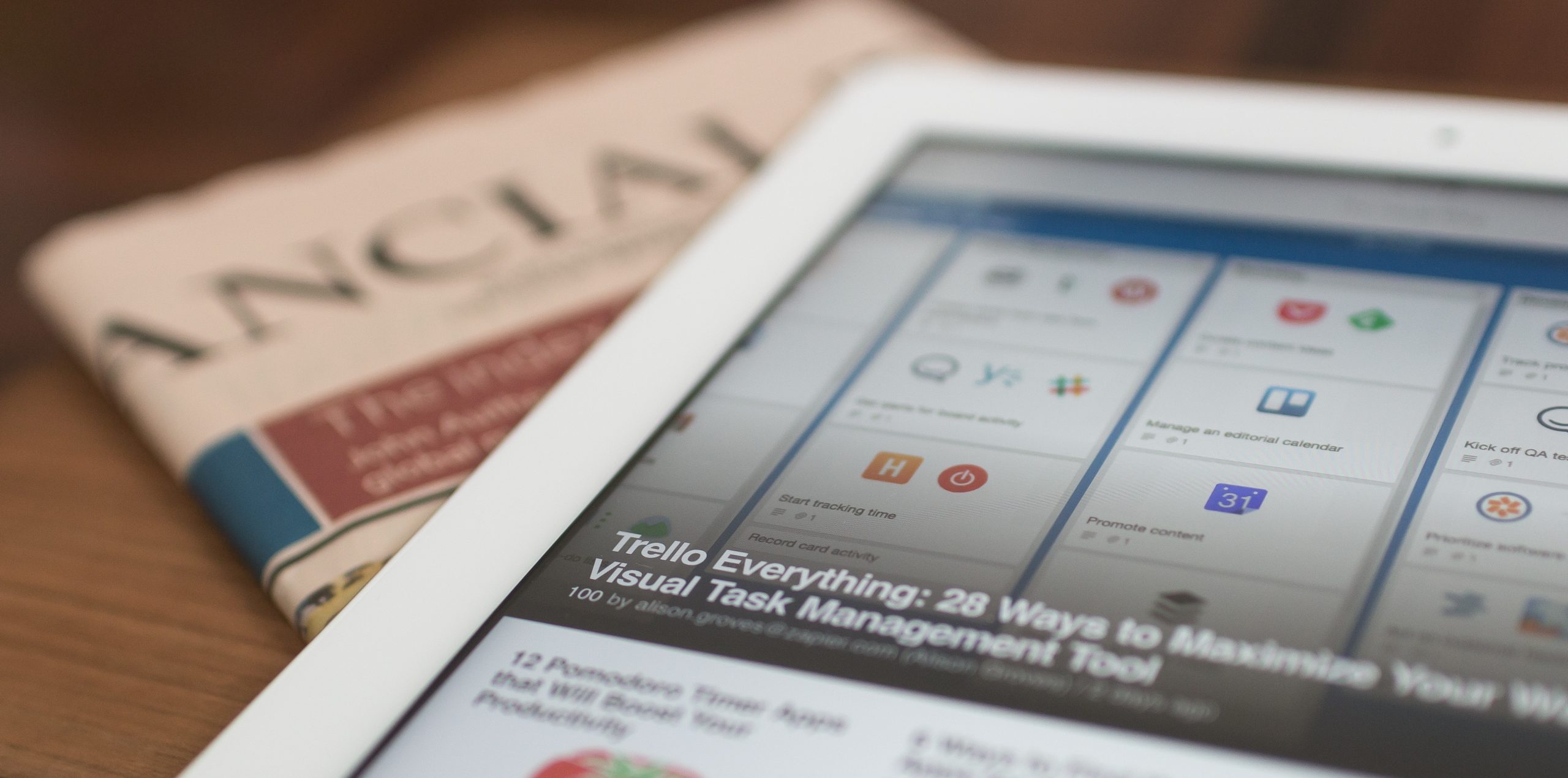The biggest problem that telecom operators face is keeping up with the demands of the connected customer.
Just 4% of executives felt their customers were happy with their current customer experience. The vast majority (96%) of Chief Marketing Officers from telcos said that non-telcos do a better job on customer experience.
The bar isn’t being set by traditional competitors but by the renowned FANG (Facebook, Amazon, Netflix and Google) companies that have stolen wallet share and commoditized telcos’ offerings. FANG companies are winning a bigger wallet share, because they understand their customers and they use that knowledge to predict their behavior and treat each customer differently. Personally with a real customer focus.
In perhaps the ultimate snub to telcos, most of that wallet share gained by FANG companies is being transacted via telco customers’ mobile devices on their network! Telco CMOs know they need to do something, but it seems like a huge mountain to climb and they are struggling to get going.
But there’s a paradox. Amazon and others have learned to understand their customers and predict their behavior. But telcos have just as much of the raw ingredients to do the same thing. Amazon knows every customer’s browsing and purchase history, searches and ratings. However, telcos are in a position to create an equally – if not richer – view of every single customer. So what’s stopping them? What is so difficult?
FANG businesses have invested millions creating a machine to mine the data, look for patterns and find meaning. For the most part, telcos have invested incredible amounts in creating and analyzing data about their network – to improve network quality. The customer understanding and personalization machine that the telcos have is thin in comparison. The genuine customer insight just isn’t there. FANG companies are using customer insights to create stronger affinity between their brand and their customers; telcos feel nowhere close. Despite having rich data in the business, the majority of it remains unused – it’s difficult to access, and virtually impossible to work with using conventional ‘big data’ tools.
Creating a deep understanding of customers to coordinate activities in a unified way across channels still feels like a hopeless aspiration. Their customers often feel as though they are being treated as a commodities: faceless, spammed, irritated and not cared for. CMOs know that they are missing out but fixing it is like trying to turn around an oil tanker. We call this The Great Competitive Paradox because the telcos are losing this battle despite having plenty of powerful ammunition.
It doesn’t have to be like that.
Imagine you could understand your customers more deeply and more personally than Amazon does. What if the digital picture you had of your customers wasn’t just data points? What if it was a solid human picture of their interests and desires; a picture of where they’ve come from, why, and what they will do next? More than that though, you need to make sense of the network data to paint a rich picture of the world your customers live in. It’s no good just knowing your customer is young and female. If you know she’s a single mother of a young child, works on shifts, and has strong affinities to specific brands, you can really create customer engagement using relevant messages and real-time insight that create a positive experience.
The only way to win back wallet share from Netflix and Amazon lovers is to have a better understanding of your customers than they can. Because you’ve got millions of customers and billions of events, you need to do that at scale.
You also need the same rich human story of your customer in every channel at once. That means moving each unique customer story around to everyone who needs it at incredible speed. Achieving that would be a challenging, but amazing journey. If you could, you would be the one raising customers’ expectations. And that would make you the stickiest brand in a very slippery world.
Talk to us to understand how to create a machine to organize your business around deep customer intelligence.
REFERENCES:




